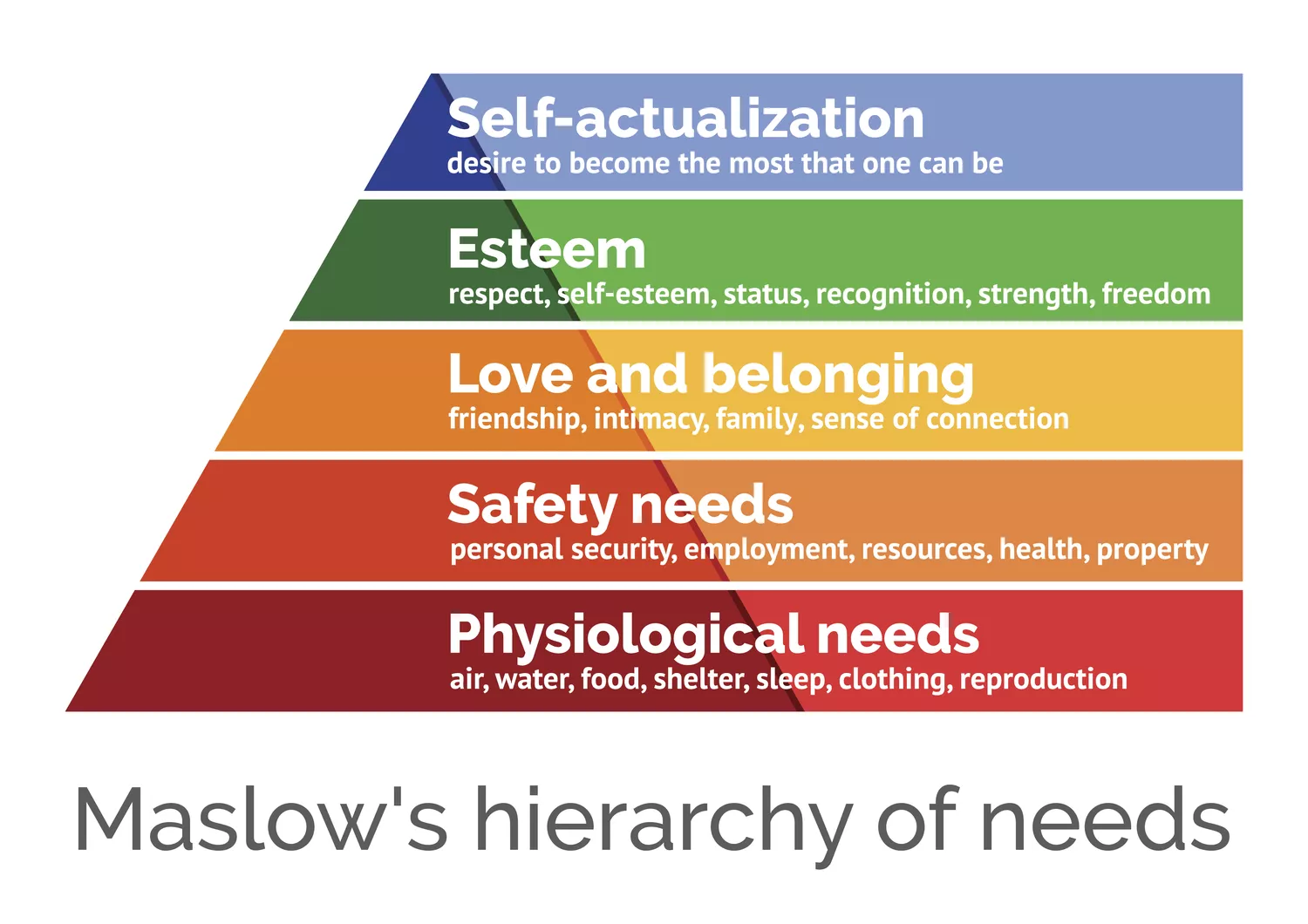The First Amendment led to The Eight Values of Free Expression which enables citizens to be able to freely express themselves with some restraints. These values include:
2) Participation in Self-government which allows free speech for candidates in elections allowing citizens to make informed decisions on candidates.
3) Stable Change which prevents unnecessary violence allowing citizens to vent their problems ultimately resulting in more stability.
4) Individual Self-fulfilment which allows for free expression ultimately allowing individuals to create their own identities.
5) Check on Governmental Power allows for checks and balances to prevent the abuse of governmental power.
6) Promote Tolerance allows individuals to become more tolerant.
7) Promote Innovation where free speech allows citizens to be more creative allowing for a more diverse and interesting society.
8) Promote Dissent which allows you to disagree with the government and other citizens.
Looking at these freedoms now, it is hard to imagine a time when these freedoms didn't exist. It feels very normal to us now that we have access to these freedoms to freely express ourselves however there was a time when we didn't have these individual liberties. It makes you appreciate all that has occurred in the past to get to a point where we can exercise free expression. While all eight of these values of Free Expression are very important, there are two Values of Free Expression that stuck out to me more than others: stable change and individual self-fulfillment.
Stable Change
Stable change allows citizens to be able to form their own opinions and speak their minds without facing punishment. One may think this could cause unnecessary problems however it actually results in a more stable society with overall less violence. Many individuals act out to get their points across when they don't have the ability to share them openly. Without the freedom to vent their beliefs and issues with the government peacefully, it would result in more destruction and detrimental actions.As discussed in the second Supreme Court video, the Supreme Court Judges cannot bring their own problems to court, they have to wait for the people. This allows for citizens to have a say in the court which would not be allowed without stable change. This method of expression allows individuals to bring attention to their concerns and get them addressed by the court. This is a more successful process than the alternative of citizens acting on their problems which could result in harming others or destruction of property. The process of the Supreme Court allows citizens to have control of what gets addressed in court rather than the government having total control. We as citizens are fortunate to have this power and be able to influence change in our society.
Individual self-fulfillment
I believe that individual self-fulfillment is the most important of all of the Values of Free Expression because it allows you to define who you are as a person. I believe discovering your most authentic self is one of the most important things every individual needs to experience because with no individual identity, who are you as a person? I learn new things about myself every day including new interests, goals, and values, all adding up to the person I am today and will be in the future. The more you learn about yourself the more likely you are to partake in things you enjoy most and ultimately enjoy your own company. The more I reflect on who I am as an individual the more I appreciate life and the experiences I encounter.
This value of expression allows you to be able to do that. Without this value, it would be difficult to form your own identity and reach the self-actualization that Abraham Maslow speaks so highly of. He describes self-actualization as reaching full fulfillment and ultimately living up to our fullest potential which would not be secured without this freedom.
Overall, it allows society to be full of diverse people and allows for differing perspectives and a more interesting lifestyle by learning things from others that you would not learn if people didn't have the ability to express themselves. Without free speech, it would be hard to express yourself and therefore learn the important things about who you are to form your own identity.














